


Books in series

Worlds Apart? Dualism and Transgression in Contemporary Female Dystopias
2005

Tolkien and Shakespeare
Essays on Shared Themes and Language
2007

Culture, Identities and Technology in the Star Wars Films
Essays on the Two Trilogies
2007

The Influence of Star Trek on Television, Film and Culture
2007

One Earth, One People
The Mythopoeic Fantasy Series of Ursula K. Le Guin, Lloyd Alexander, Madeleine L'Engle, Orson Scott Card
2007

The Evolution of Tolkien's Mythology
A Study of the History of Middle-earth
2007

H. Beam Piper
A Biography
2008

Dreams and Nightmares
Science and Technology in Myth and Fiction
2008

Lilith in a New Light
Essays on the George MacDonald Fantasy Novel
2008

Feminist Narrative and the Supernatural
The Function of Fantastic Devices in Seven Recent Novels
2008

Kim Stanley Robinson Maps the Unimaginable
Critical Essays
2009

The Inter-Galactic Playground
A Critical Study of Children's and Teens' Science Fiction
2009

Science Fiction from Québec
A Postcolonial Study
2009

Science Fiction and the Two Cultures
Essays on Bridging the Gap Between the Sciences and the Humanities
2009

Stephen R. Donaldson and the Modern Epic Vision
A Critical Study of the "Chronicles of Thomas Covenant" Novels
2009
The Animal Fable in Science Fiction and Fantasy
2010

Illuminating Torchwood
Essays on Narrative, Character and Sexuality in the BBC Series
2010

Comics as a Nexus of Cultures
Essays on the Interplay of Media, Disciplines and International Perspectives
2010

The Anticipation Novelists of 1950s French Science Fiction
Stepchildren of Voltaire
2010

The Twilight Mystique
Critical Essays on the Novels and Films
2010

The Mythic Fantasy of Robert Holdstock
Critical Essays on the Fiction
2011

Science Fiction and the Prediction of the Future
Essays on Foresight and Fallacy
2011

Apocalypse in Australian Fiction and Film
A Critical Study
2011

British Science Fiction Film and Television
Critical Essays
2011

Cult Telefantasy Series
2011

The Postnational Fantasy
Essays on Postcolonialism, Cosmopolitics and Science Fiction
2011

Heinlein’s Juvenile Novels
A Cultural Dictionary
2011

Welsh Mythology and Folklore in Popular Culture
Essays on Adaptations in Literature, Film, Television and Digital Media
2011

Of Bread, Blood and the Hunger Games
Critical Essays on the Suzanne Collins Trilogy
2012

The Sex Is Out of This World
Essays on the Carnal Side of Science Fiction
2012

Lois McMaster Bujold
Essays on a Modern Master of Science Fiction and Fantasy
2013

Girls Transforming
Invisibility and Age-Shifting in Children's Fantasy Fiction Since the 1970s
2013

Doctor Who in Time and Space
Essays on Themes, Characters, History and Fandom, 1963-2012
2013

The Worlds of Farscape
Essays on the Groundbreaking Television Series
2013

Orbiting Ray Bradbury's Mars
Biographical, Anthropological, Literary, Scientific and Other Perspectives
2013

The Heritage of Heinlein
A Critical Reading of the Fiction
2013

Environments in Science Fiction
Essays on Alternative Spaces
2014

Discworld and the Disciplines
Critical Approaches to the Terry Pratchett Works
2014

Nature and the Numinous in Mythopoeic Fantasy Literature
2014

J.R.R. Tolkien, Robert E. Howard and the Birth of Modern Fantasy
2014

The Monomyth in American Science Fiction Films
28 Visions of the Hero's Journey
2014

The Fantastic in Holocaust Literature and Film
Critical Perspectives
2015

Star Wars in the Public Square
The Clone Wars as Political Dialogue
2016
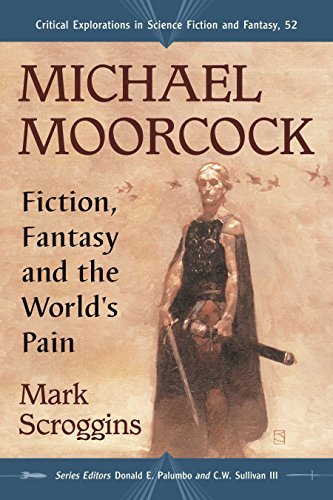
Michael Moorcock
Fiction, Fantasy and the World's Pain
1807
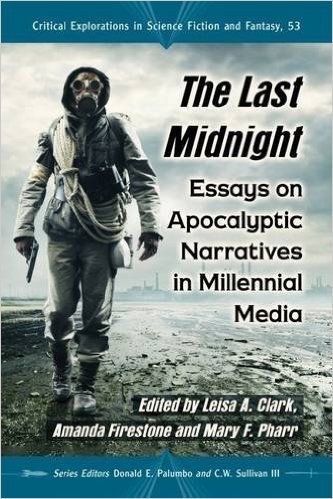
The Last Midnight
Essays on Apocalyptic Narratives in Millennial Media
1728

Saving the World Through Science Fiction
James Gunn, Writer, Teacher and Scholar
2017
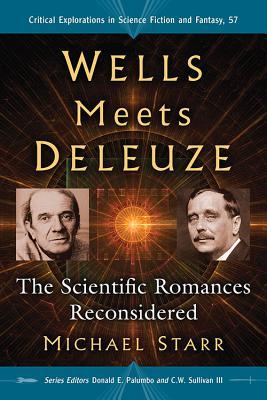
Wells Meets Deleuze
The Scientific Romances Reconsidered
2017
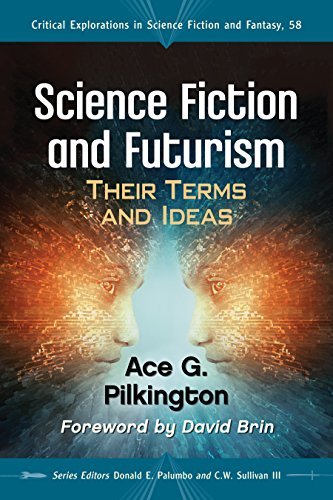
Science Fiction and Futurism
Their Terms and Ideas
2017
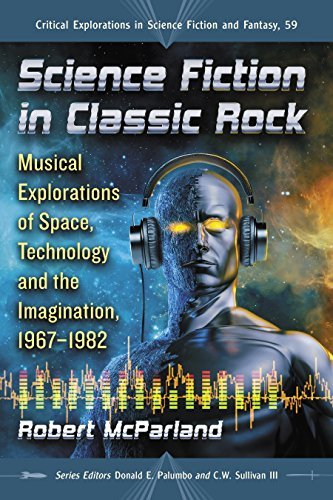
Science Fiction in Classic Rock
Musical Explorations of Space, Technology and the Imagination, 1967-1982
2017

Patricia A. McKillip and the Art of Fantasy World-Building
2017
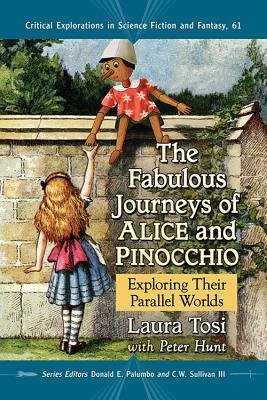
The Fabulous Journeys of Alice and Pinocchio
Exploring Their Parallel Worlds
2018

A Dune Companion
Characters, Places and Terms in Frank Herbert's Original Six Novels
2018
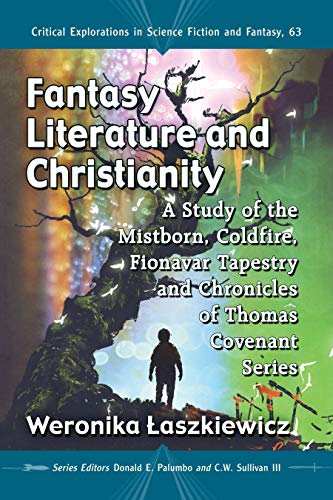
Fantasy Literature and Christianity
A Study of the Mistborn, Coldfire, Fionavar Tapestry and Chronicles of Thomas Covenant Series
2018
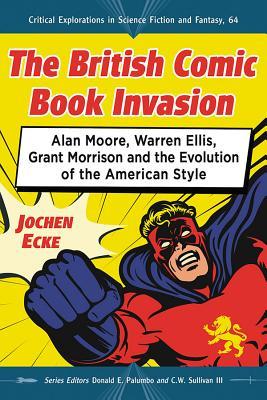
The British Comic Book Invasion
Alan Moore, Warren Ellis, Grant Morrison and the Evolution of the American Style
2018

The Archive Incarnate
The Embodiment and Transmission of Knowledge in Science Fiction
2018
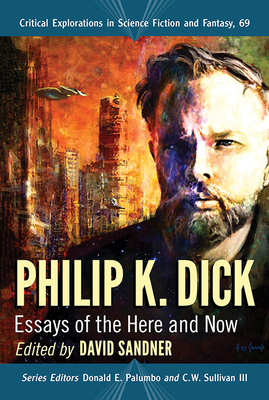
Philip K. Dick
Essays of the Here and Now
2020
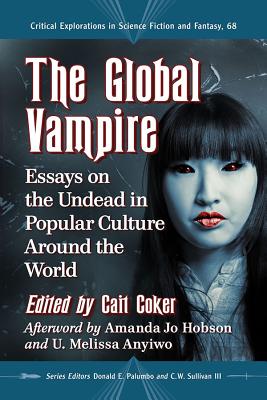
The Global Vampire
Essays on the Undead in Popular Culture Around the World
2020
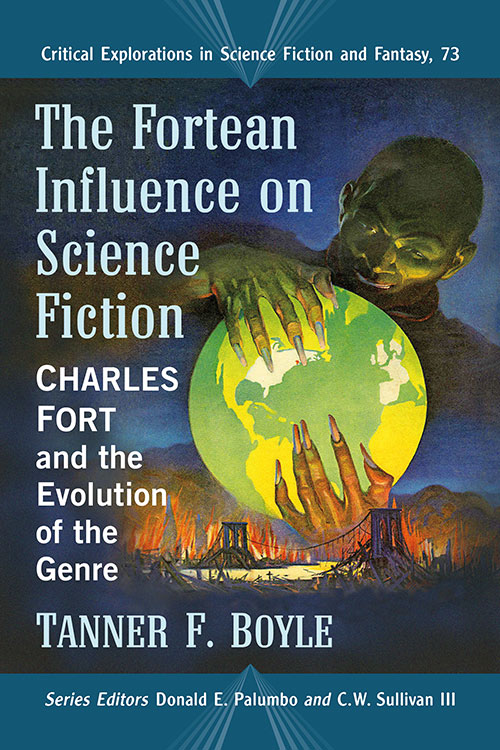
The Fortean Influence on Science Fiction
Charles Fort and the Evolution of the Genre
2020
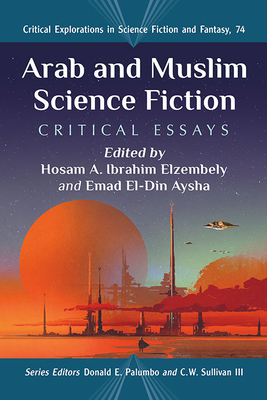
Arab and Muslim Science Fiction
Critical Essays
2022
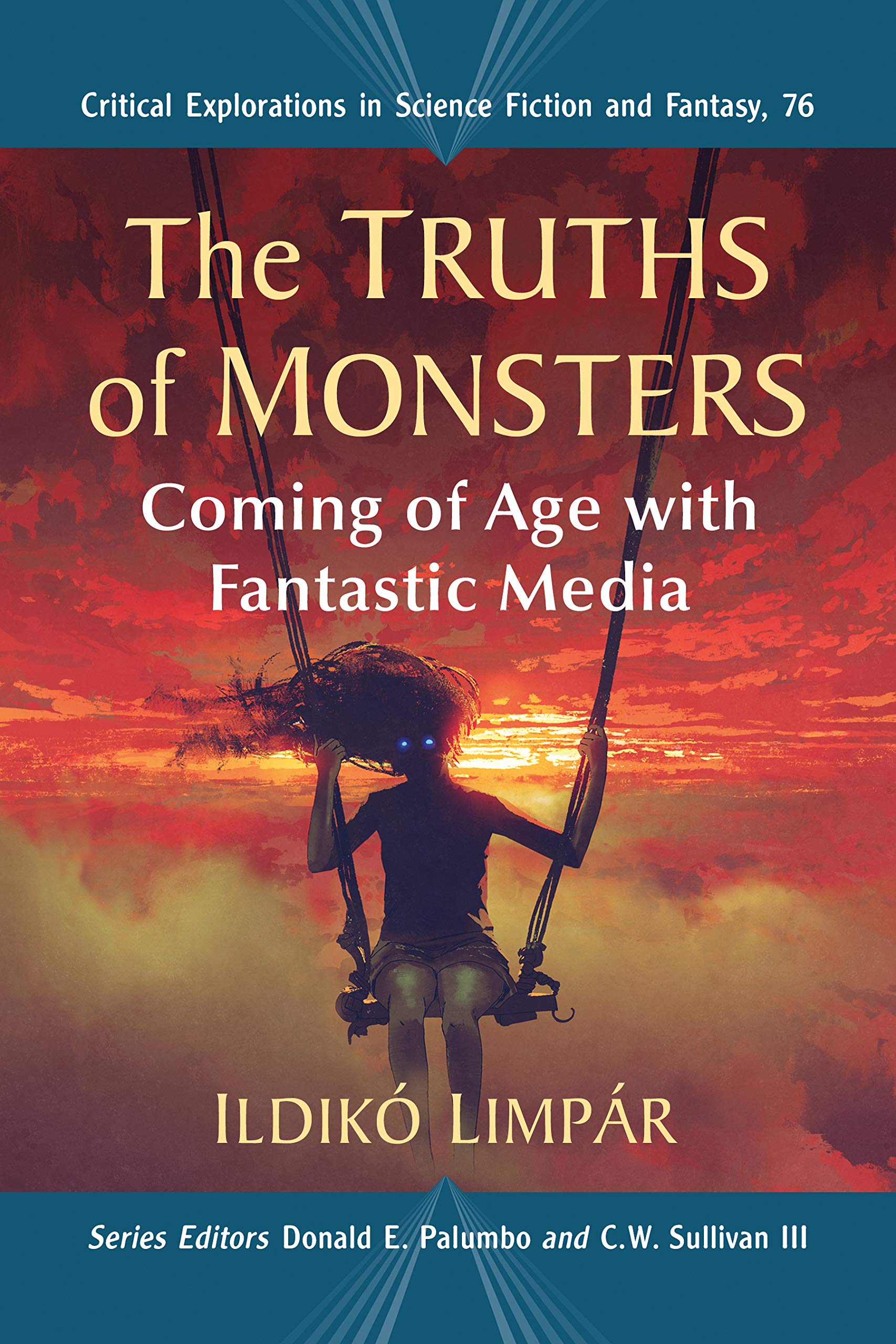
The Truths of Monsters
Coming of Age with Fantastic Media
2021
Authors

Born as military brat just down the street (he likes to imagine) from where Theodor Adorno was lecturing on the culture industry & modernist aesthetics. Bounced all over in his formative years—Monterey CA, Syracuse NY, various bits of Germany, west Texas, western Kentucky—then more or less settled down in middle Tennessee, but not before contracting a permanent sense of dislocation. Studied at Virginia Tech & Cornell University, with concomitant degrees. Now in south Florida, where he lives with his wife, a scholar of early modern & contemporary drama, & his two just unbelievably beautiful daughters. Considers poetry his first calling (after several ephemeral chapbooks, Anarchy [2003] his first full-length collection), but has been deeply involved in scholarship on the poet Louis Zukofsky (1904-1978), whose biography he has written.


Farah Mendlesohn is a Hugo Award-winning British academic and writer on science fiction. In 2005 she won the Hugo Award for Best Related Book for The Cambridge Companion to Science Fiction, which she edited with Edward James. Mendlesohn is Professor of Literary History at Anglia Ruskin University, where she is also Head of English and Media. She writes on Science Fiction, Fantasy, Children's Literature and Historical Fiction. She received her D.Phil. in History from the University of York in 1997. Her book Rhetorics of Fantasy won the BSFA award for best non-fiction book in 2009; the book was also nominated for both Hugo and World Fantasy Awards. In 2010 she was twice nominated for Hugo Awards in the Best Related Books category. She was the editor of Foundation - The International Review of Science Fiction from 2002 to 2007. She formerly was Reviews Editor of Quaker Studies.

I am a student of science fiction, always reading new and old SF. After finishing a PhD in English Literature with an emphasis in Science Fiction Literature, I started a blog to review and analyze SF. I have 1 published book examining what I call archival embodiment—using people as information storage. I write science fiction. I have a lot of ideas about what science fiction should do and I try to jam it all in there. Sci-fi should: 1. examine science and technology, often creating novums—new tech 2. constitute a critical interrogation of society—it is cultural commentary 3. make people laugh All of the best science fiction authors do most or all of those three things really well. Aside from all that, I live in Campbellsville, Kentucky with my lovely wife Rebecca and daughter Frances. We go on walks as frequently as possible. We have a park and a lake nearby, so there's always something pretty to see. Rebecca reads a lot of detective fiction. Frances is really into Charlie Brown, Garfield, and Calvin and Hobbes. I like books by Philip K Dick, Bruce Sterling, and Steven Kotler.

Roshwald was an American academic and writer. Born in Drohobycz, Poland, Roshwald he later emigrated to Israel. His most famous work is the novel Level 7, a post-apocalyptic science-fiction novel. He is also the author of A Small Armageddon (1962) and Dreams and Nightmares: Science and Technology in Myth and Fiction (2008). Roshwald was a "professor emeritus of humanities at the University of Minnesota, and a visiting professor at many universities worldwide." He was residing in Silver Spring, Maryland, United States at the time of his death.

